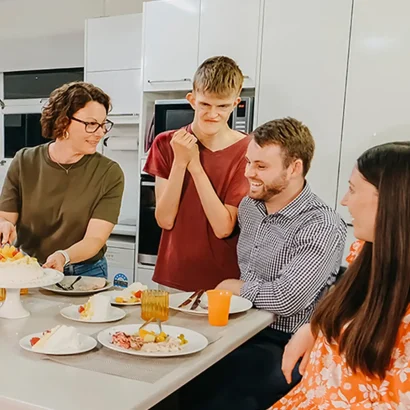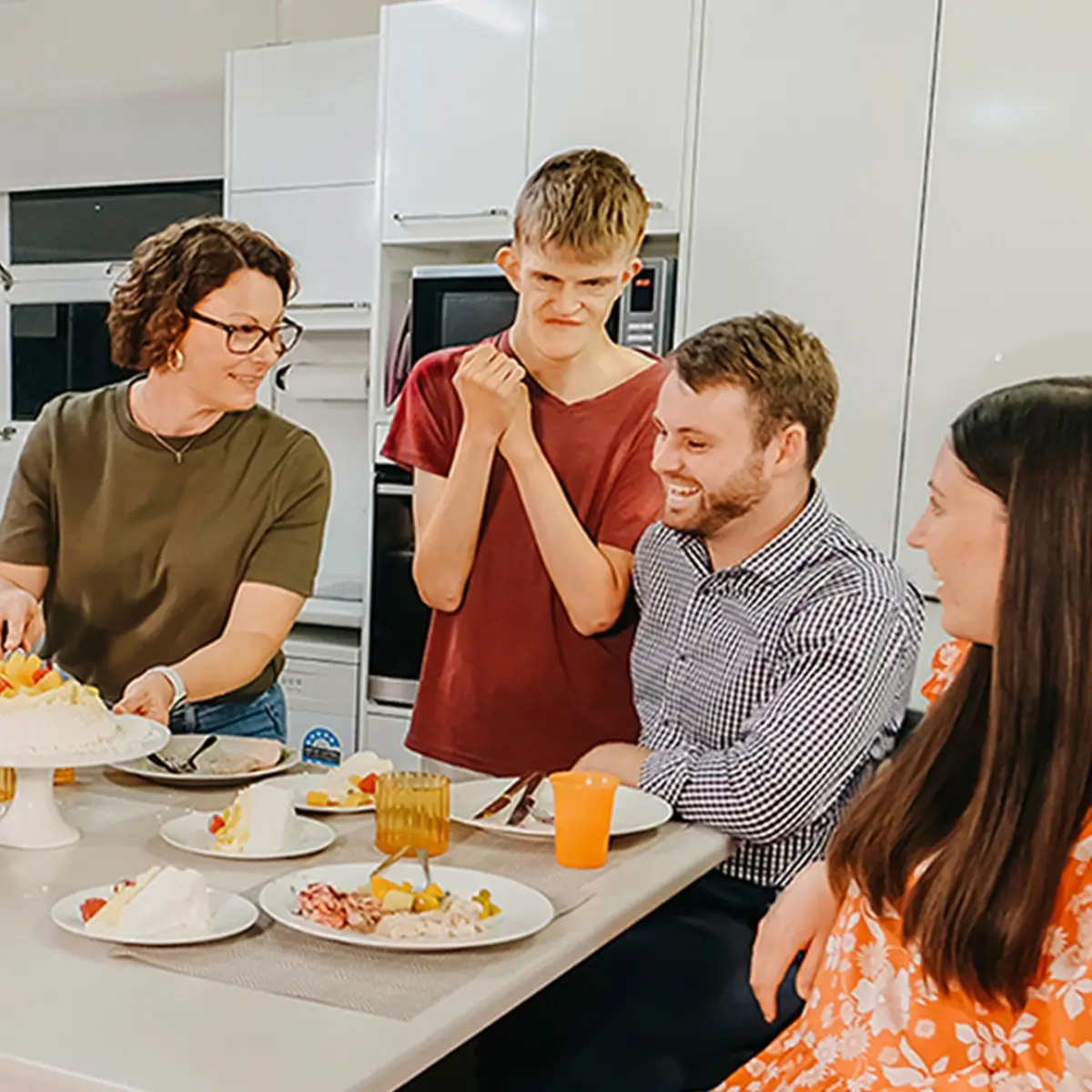The thought of independent living can feel overwhelming for NDIS participants, their families and carers. However, we are here to support you and move forward in creating a home for you.
As part of our webinar series, Libby Ellis, lead consultant at Mable Home and Living Consultants, shares valuable tips and information to help you get started on the journey to independent living.
Below are some of the main highlights from the webinar, “From worry to confidence—how to really get started with independent living.”
Challenges with independent living and NDIS
“I know that independent living is a big, emotional issue, and when you add the NDIS to the mix, it can feel overwhelming”, says Libby, who has supported hundreds of individuals and families in navigating the NDIS and funding and achieving their goals of living independently. “Many people struggle with not knowing where to start”.
Independent living under the NDIS can be overwhelming because of the complex funding options and the number of acronyms, which can be difficult to understand. Many people struggle with the practical implications of these options and what they actually mean for them.
Finding affordable, accessible housing is another significant barrier, and most NDIS participants need to find housing like everyone else—through rental, social housing, or home ownership.
While funding enables you to have the options, “it doesn’t describe the possibilities or tell you which model is right for you.”
Libby explains that understanding funding and criteria is critical. However, focusing on funding from the start may not be the most helpful approach.
Funding and systems can sometimes lead to conflict in families or individuals with disabilities—between what they truly desire and what seems achievable or realistic.
Understanding what "good" looks like?
It’s important to understand what “good” (options) looks like when you are making decisions about independent living.
Research conducted by Curtin University serves as a foundation and guide in our practice at Mable Home and Living Consultancy. This study focuses on 130 individualised living arrangements in Australia.
The four primary themes identified are:
It's my home—I belong
It's shaped by me
Choice and flexibility
Life outside your home grows too
Living independently is about building a fuller life. As the individual’s life and identity evolve, opportunities grow, and wellbeing improves, too. Life becomes richer and more fulfilling.
With these themes, individuals can understand the different options available and make informed choices aligned to their goals and needs.
Express your worries
“It’s important to express our worries. When worries stay unspoken, they can prevent us from moving forward—they just go around and around in our heads, becoming barriers,” Libby explains.
Worries often signal concerns for potential risks to safety and wellbeing. Expressing these concerns can help create safeguards and reduce the chance of bad outcomes.
One way to identify personalised risks and safeguards is to create a “what-if” list. Write down all concerns—big or small—to identify potential risks. Break down worries into actionable steps by listing:
- How to reduce the chance of this happening?
- Backup plans if the issue occurs.
- How could NDIS help?
Unpacking 24/7 support
“When we say someone needs 24/7 support, we usually mean they need access to some form of support around the clock,” says Libby. “But people often assume this means a person needs to be physically available all the time.”
However, support can come from various sources, including relationships beyond support workers.
It’s important to understand the concept of 24/7 support, as the NDIA (National Disability Insurance Agency) expects that multiple options for support have been considered. This might involve learning new skills, setting up technology in the home, or considering other creative approaches to feeling safe and being independent.
Housing for NDIS participants
The NDIS offers several types of living options.
- Specialist Disability Accommodation (SDA): This is for individuals with extreme functional impairment or very high support needs.
- Non-SDA Supported Accommodation: Where both housing and support are offered and often referred to as a Supported Independent Living (SIL) home.
NDIS participants also have access to mainstream housing options, including:
- Social housing
- Private rental
- Living in one’s own home
Participants may also live in someone else’s home or continue to live in the family home with some level of separation.
Mable Home and Living Consultants
If you’re planning to initiate a change with the NDIA, particularly one involving new or additional supports for home and living, the best way forward is to have three things:
- A clear vision of what you want.
- Knowledge of the best NDIS pathway for your needs.
- Evidence to show eligibility.
Mable Home and Living Consultancy works with plan-managed and self-managed participants to help with this process. Together, we determine what you’ll need to bring everything together so that you’re well-prepared for the NDIS home and living application process.
Book a free call to talk to Libby today.

